Review of Tibet: A Buddhist Trilogy
Introduction
Tibet: A Buddhist Trilogy released in 1979, was highly acclaimed as a `masterpiece` of documentary filmmaking. It`s certainly unique in terms of its unhurried and straightforward approach to its subject matter, packing in sequence after sequence of incredibly private ritual and worship, as well as providing historic context and geography to the piece.
It took an apparently unhurried four years to make, and was written and directed by Graham Coleman who is the editor of the first ever complete English translation of the entire Tibetan Book of the Dead, recently published by Penguin Classics. Maybe this DVD was released to tie in with the interest that this significant publication will naturally engender.
Running at 2 hours and 15 minutes, the film is divided into three distinct parts.
PART 1: The Dalai Lama, the Monasteries and the People.
The film actually starts at the Dalai Lama`s residence in Dharamsala, North India, and in the Sera Monastery, the second largest monastery of the old Tibet, re-built by Monks driven from their native Tibet by the Chinese invasion in 1949.
This amazingly intimate film shows the Dalai Lama as Head of State, but also very much the spiritual master. The film explores the centuries of contemplative consideration by monks dedicated to the inner knowledge of Buddhist culture and the way that the same monks then take that knowledge into the worshipping communities.
It`s a fascinating insight into a world where fellow humans are prepared to dedicate their whole lives and existence to the furthering of Buddhist philosophy and thinking.
Most notable are the frequent debates where conventional thinking is challenged with a clap of the hands and a great deal of shouting, which seems strangely at odds with the gentle contemplation or ritual worship displayed elsewhere.
PART 2: Radiating the Fruit of Truth
This section of the film is shot in a single monastery (the Sakya Monastery in Boudha, Nepal) and shows the monks as they prepare to enact an ancient protective ritual known as `A Beautiful Ornament`. The idea of the ritual is that it will "…sweep away all the causes of harm in the society". According to the accompanying text, this is one of the most popular rituals associated with the meditational deity TARA.
PART 3: The Fields of the Senses
For me this was the most impressive section of the film, mainly due to the amazing mountain landscape of Ladakh. It shows both monks and farmers in a typical day, and ends with a moving ritual to show how they deal with a death in their local community. For those who have read `The Tibetan Book of the Dead` this is a poignant enactment of the ideas therein.
Absolutely fascinating and provides plenty of food for philosophical thought.
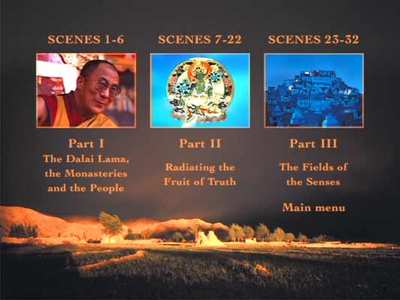
Video
Standard 1.33:1, filmed originally on Super 16mm (I think), this is a nice transfer of a documentary that reflects the way documentaries used to look before the advent of hand-held video cameras. It has that wonderful filmic look that can be (almost) achieved with healthy amounts of post-production grading on DV generated stuff but which used to occur as a matter of course. It`s a good print and transfer too.

Audio
Dolby 2.0 English, though most audio is `actual` with English sub-titles and no commentary. Standard field recordings, though all of a good quality, probably collected on a bulky hand-held 7.5 i.p.s NAGRA.
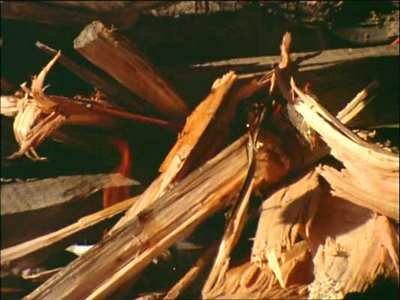
Features
A complete stereo recording of `A Beautiful Ornament` the protective ritual associated with the meditational deity TARA, which forms the heart of Part II of the Trilogy. For those with an interest in the ritual, this may provide a very welcome soundtrack for meditation. For lovers of peaceful ambient new age or world music, it might not be quite so welcome as its curiously cacophonous in places.
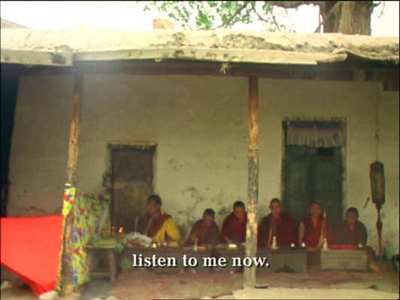
Conclusion
I fell asleep watching this beautifully shot and worthy documentary, which is not something I`m particularly prone to.
It`s not that the film was boring (far from it), but just that its uniquely unhurried pace and gentle, peaceful atmosphere was extremely soothing viewing.
It`s difficult to know quite how to best explain to a potential viewer what the film is like because, in truth, it`s like no other documentary that I`ve seen. With very little commentary, and a reliance on subtitles to let you know what you`re seeing, the film moves forward at a pace entirely at odds with television or film as we know it today. Long pondering shots of contemplative monks may not represent a white knuckle ride of entertainment, but do perfectly represent the subject matter. It`s a documentary that demands a concerted effort from the viewer, but for those with a passionate interest in the subject, it adequately rewards that effort.
It`s all splendidly shot on (probably) Super-16mm, and nicely crafted in terms of composition and editing.
But it`s not a programme for everyone. I don`t recommend it as an introduction to Buddhism for the merely curious, as the rituals and subject matter portrayed will have more resonance for the (slightly) initiated. However, if you already have an interest in Buddhism, or are a practising Buddhist, then this will be a very welcome arrival.
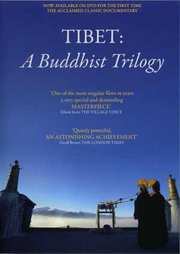
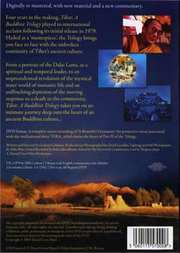

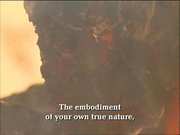


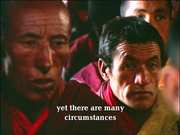
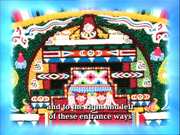
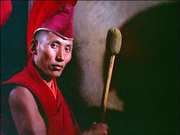
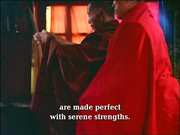
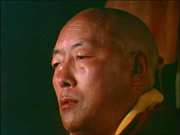
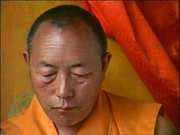
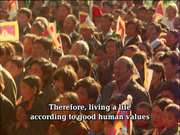
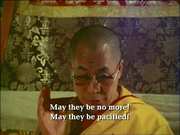
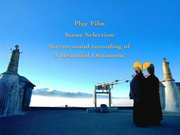















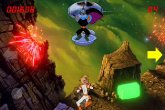












Your Opinions and Comments
Be the first to post a comment!